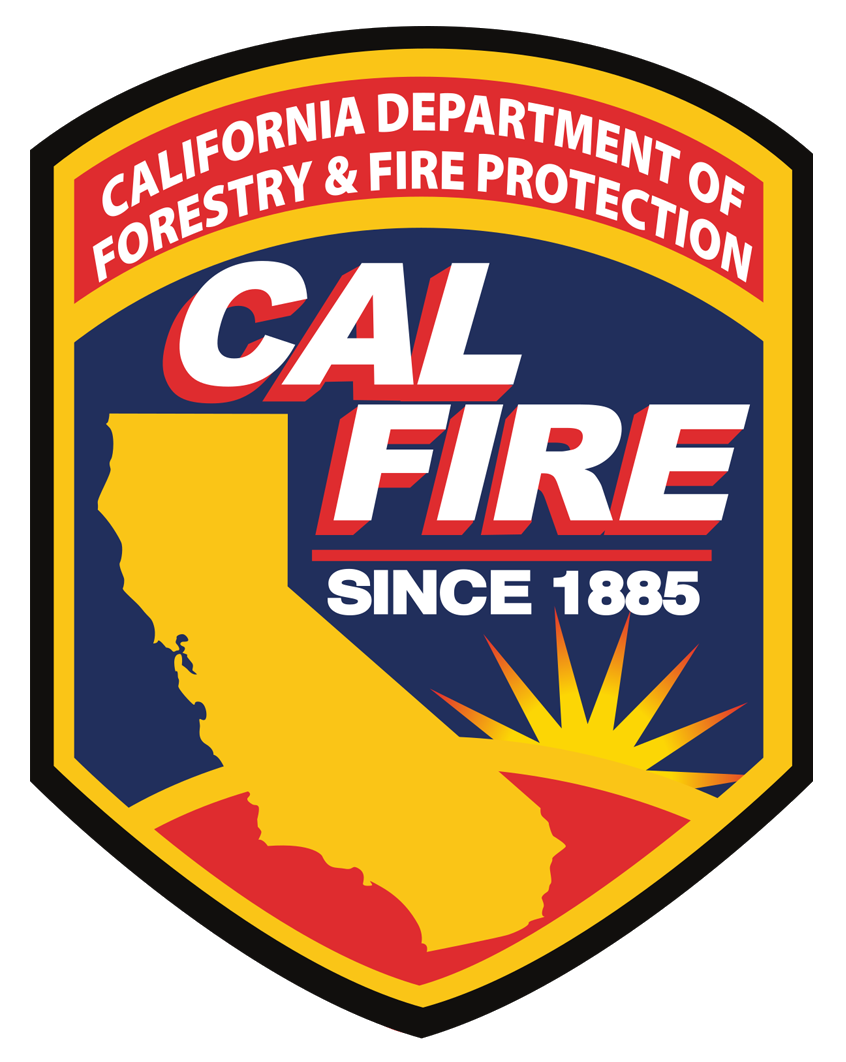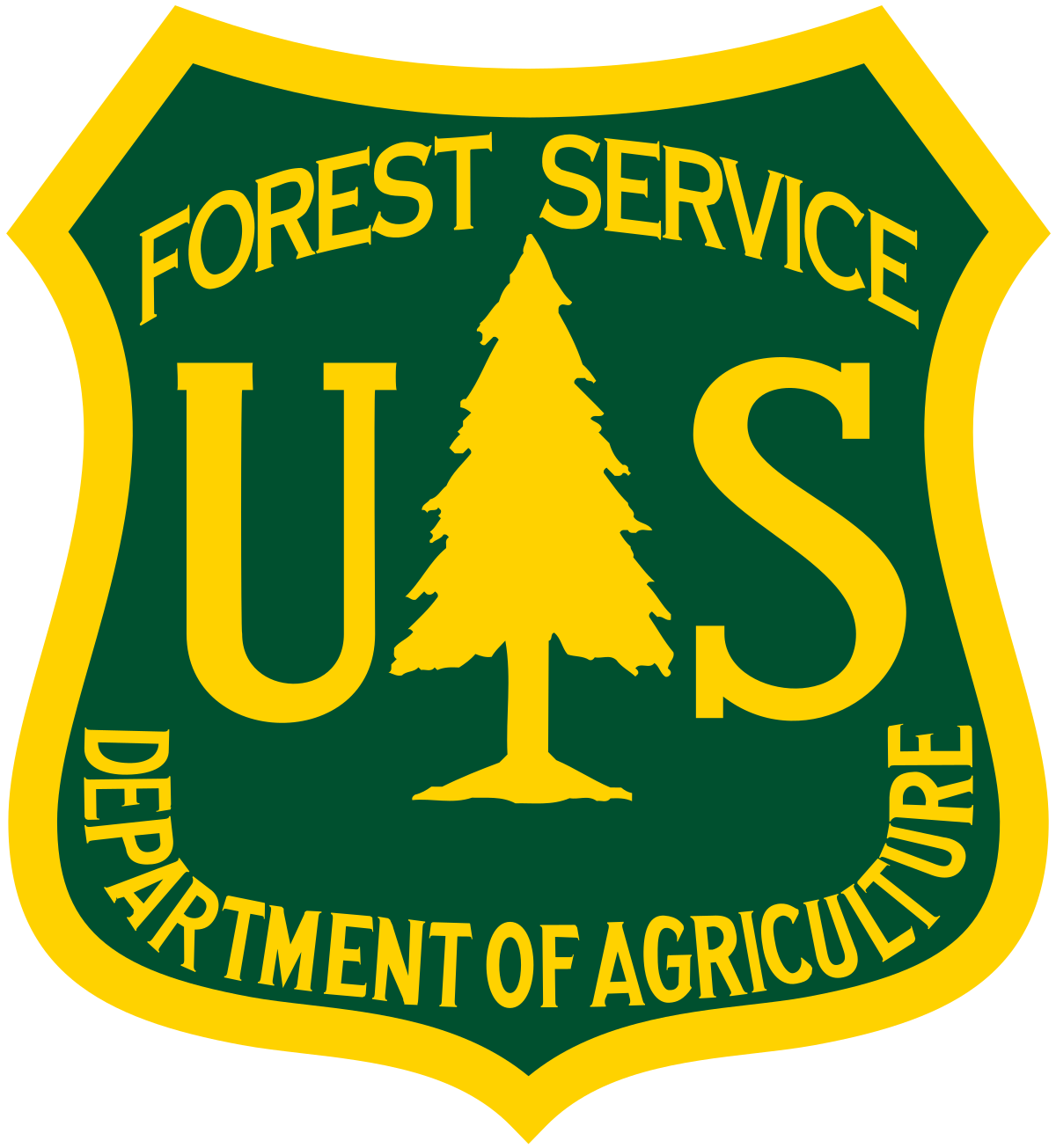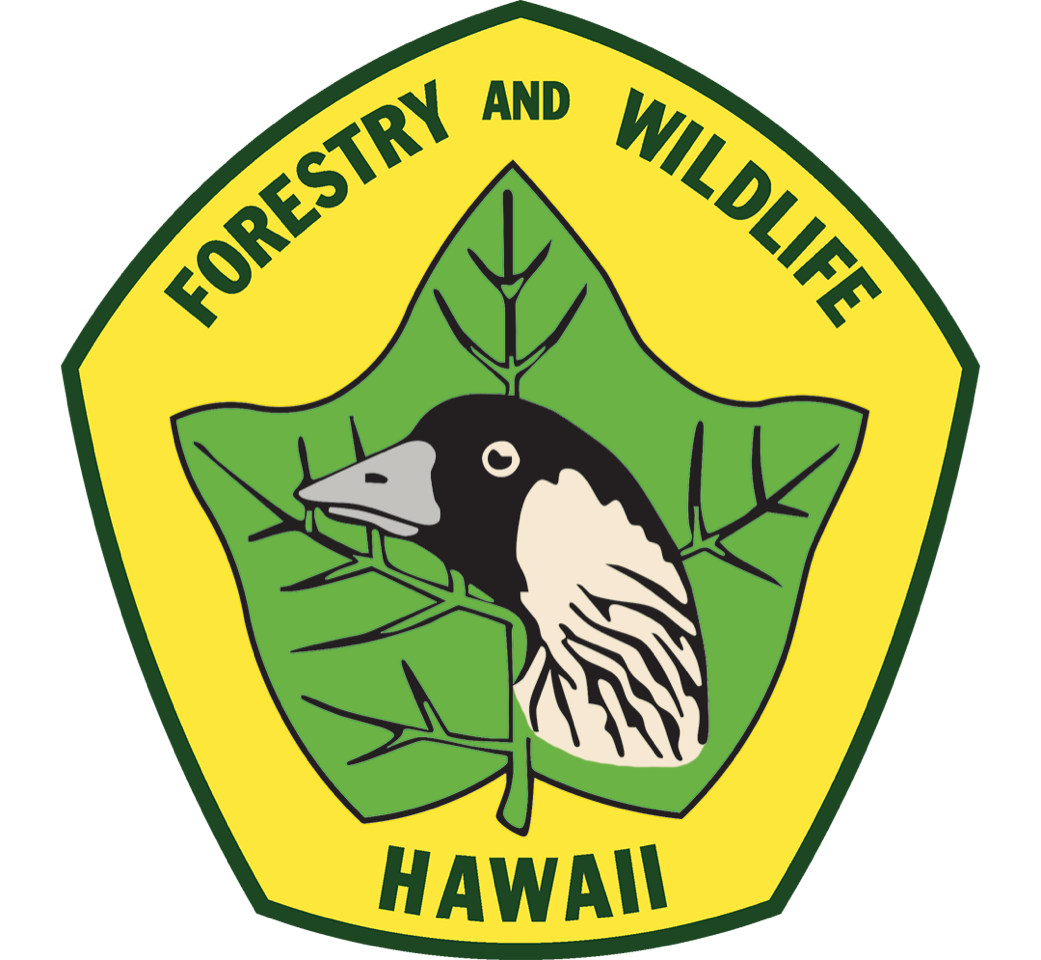WINGED ELM
Ulmus alata
FAMILY Ulmaceae
SYNONYMS
ADDITIONAL COMMON NAMES
WAHOO ELM
SMALL LEAF ELM
See: all Ulmus
Loading...
by C. Stubler, J. Reimer, M. Ritter
GENERAL INFO
Will grow on wet or dry sites and adapts well to urban environments.
Native range: Southeastern United StatesHorticultural use: Specimen or Shade Tree or Buffer Strip or Street Tree
Native range: Southeastern United StatesHorticultural use: Specimen or Shade Tree or Buffer Strip or Street Tree
TREE CHARACTERISTICS
Tree Shape: Conical or Rounded or VaseFoliage Type: DeciduousMaximum Tree Height: 70 feetCanopy Width: 30-40 feetGrowth Rate: ~24-36 in/yearLeaf Arrangement and Leaf Form: Alternate, SimpleLeaf Shape: EllipticLeaf color: GreenFall Color: YesFlowers: InconspicuousFlower Color: greenFlower Type: Has male and female reproductive parts in each flower (perfect)Flower Time: FallFruit: Very Small to Small Brown SamaraFruiting time: Winter or SpringBark Color: Red or Brown to Gray, Furrowed, RidgedLitter Type: Leaves
SITE CONDITIONS
Recommended Planting Area: Greater than 7'Water Use Rating: MediumSunset Climate Zone: 1 - 11, 14 - 21Shade Tolerance: NoUSDA Hardiness Zone: 6, 7, 8, 9Soil Texture: Loam or Sand or ClaySoil pH: Acidic to AlkalineSalt Tolerance: Moderate
CONSIDERATIONS
Branch Strength: StrongRoot Damage Potential: LowDisease and Pest susceptibility: Armillaria, Verticillium Wilt, Dutch Elm Disease, Powdery Mildew and Scales, Mites, Japanese beetle (Popillia japonica)Utility Friendly: No
External Resources
CITE THIS TREE
"SelecTree. UFEI. "Ulmus alata Tree Record." 1995-2025. Cal
Poly State University, San Luis Obispo. Accessed on May 25, 2025."
< https://selectree.calpoly.edu/tree-detail/1432 >
< https://selectree.calpoly.edu/tree-detail/1432 >




